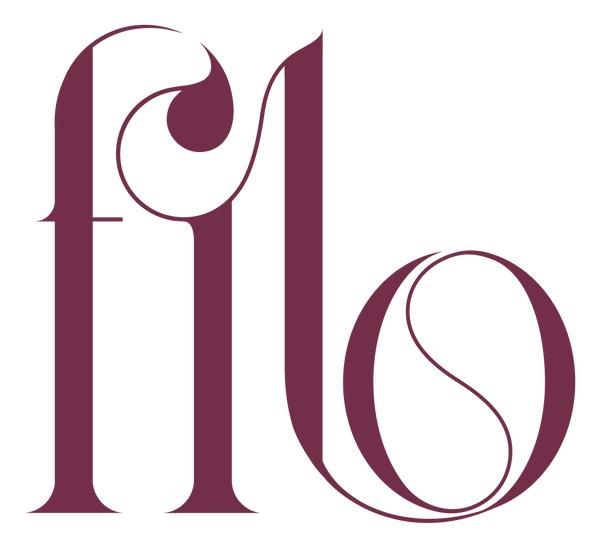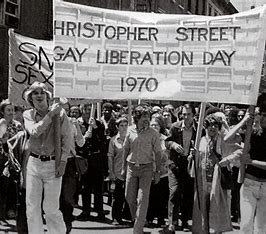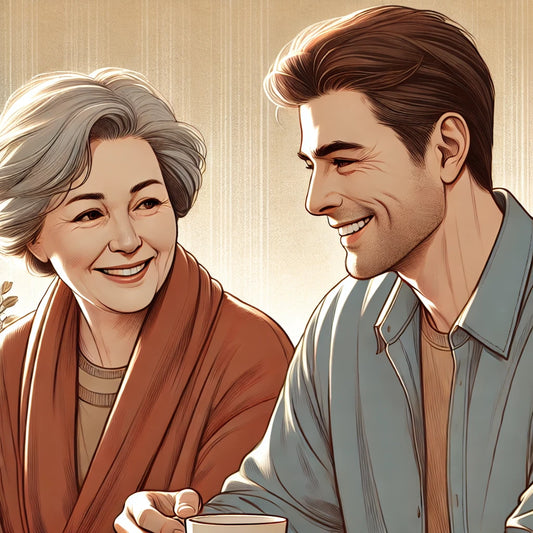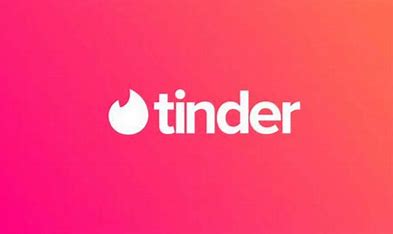Everything you need to know about the Gay Parade
The Gay Parade, also known as the Pride Parade, is a colorful and significant event held annually in many cities around the world. In this blog, we'll explore its origins, purpose, public opinions, and impact. We'll also provide guidance on how to discuss this topic with children.
Where was the first Gay Parade?
The first Gay Parade took place in New York City on June 28, 1970. This event, known as the Christopher Street Liberation Day March, was organized to commemorate the Stonewall riots that occurred a year earlier. The Stonewall riots were a series of spontaneous, violent demonstrations by members of the LGBTQ+ community against a police raid at the Stonewall Inn, a gay bar in Greenwich Village, Manhattan. These riots are often seen as the beginning of the modern LGBTQ+ movement.
Why is the Gay Parade held?
The Gay Parade is held to promote visibility and equality for the LGBTQ+ community. The parade serves several purposes:
- Celebration: It is a celebration of diversity and pride within the LGBTQ+ community.
- Awareness: The parade raises awareness of LGBTQ+ rights and issues.
- Commemoration: It commemorates the struggles and progress of the LGBTQ+ movement, such as the Stonewall riots.
- Community: It provides a sense of community and support for LGBTQ+ individuals.
What do people think about the Gay Parade?
Opinions about the Gay Parade are diverse and often strongly divided:
- Supporters: People who support the parade see it as an important expression of pride, equality, and human rights. They value the parade as a safe space for self-expression and a platform for political change.
- Opponents: Some are opposed to the parade due to cultural, religious, or personal beliefs. They may find the event provocative or inappropriate.
Impact on supporters and opponents
- Supporters: For supporters, the parade often strengthens their sense of belonging and self-acceptance. It can help reduce stigma and discrimination by increasing the visibility of LGBTQ+ individuals.
- Opponents: For opponents, the parade can evoke feelings of discomfort or indignation. In some cases, this leads to discussions about freedom of expression and respect for different viewpoints.
Is the Gay Parade allowed in every country?
The acceptance and legal status of Gay Parades vary greatly by country. In many Western countries, such as the United States, the Netherlands, and Canada, these parades are legally permitted and often large-scale events. In other countries, especially where LGBTQ+ rights are limited, parades may be banned or heavily restricted by the government. In some countries, participants in such events risk arrest or violence.
How to talk to children about the Gay Parade
When children ask questions about the Gay Parade, it is important to answer honestly and simply, appropriate to their age and understanding. Here are some tips:
- Be honest: Explain that the parade is a festive march where people show that they are proud of who they are.
- Use simple language: Tell them it involves people who love someone of the same gender and that it is a way to show that everyone should be treated equally.
- Emphasize respect: Teach children that it is important to be respectful to everyone, regardless of their identity or preferences.
- Encourage questions: Be open to questions and encourage curiosity. It is a good opportunity to talk about diversity and inclusion.
Conclusion
The Gay Parade is an important event that combines celebration, protest, and commemoration. It has a significant impact on both supporters and opponents and plays a crucial role in promoting LGBTQ+ rights and visibility worldwide. By discussing this topic openly and respectfully with children, we can contribute to a more understanding and inclusive society.





